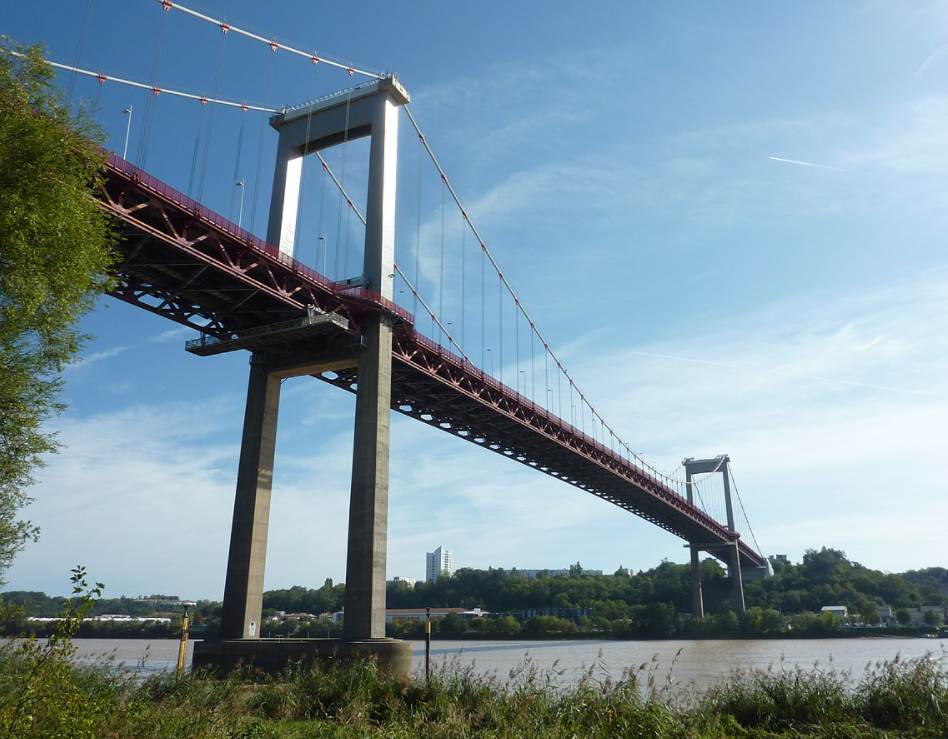Very few countries in the world have such a diverse number of famous bridges as France. The country is home to bridges that were built during Roman times, as well as stunning modern bridges that cross valleys and rivers.
There are plenty of amazing bridges in Paris as well, crossing the River Seine and connecting some of the world’s most incredible landmarks.
In this article, we’ll take a closer look at some of the most famous bridges in France, an interesting collection of architectural highlights, and remarkable feats of engineering.
1. Millau Viaduct
The Millau Viaduct isn’t just one of the most famous bridges in France, it’s one of the most incredible structures in all of Europe. It crosses an immense gorge valley of the Tarn River in Southern France and was named after the nearby town of Millau.
The stunning bridge was completed in 2004 and still holds the record of being the tallest bridge in the world. It reaches a structural height of 336.4 meters (1,104 feet) above the valley floor below and significantly reduced the travel time on the road from Paris to Montpellier.
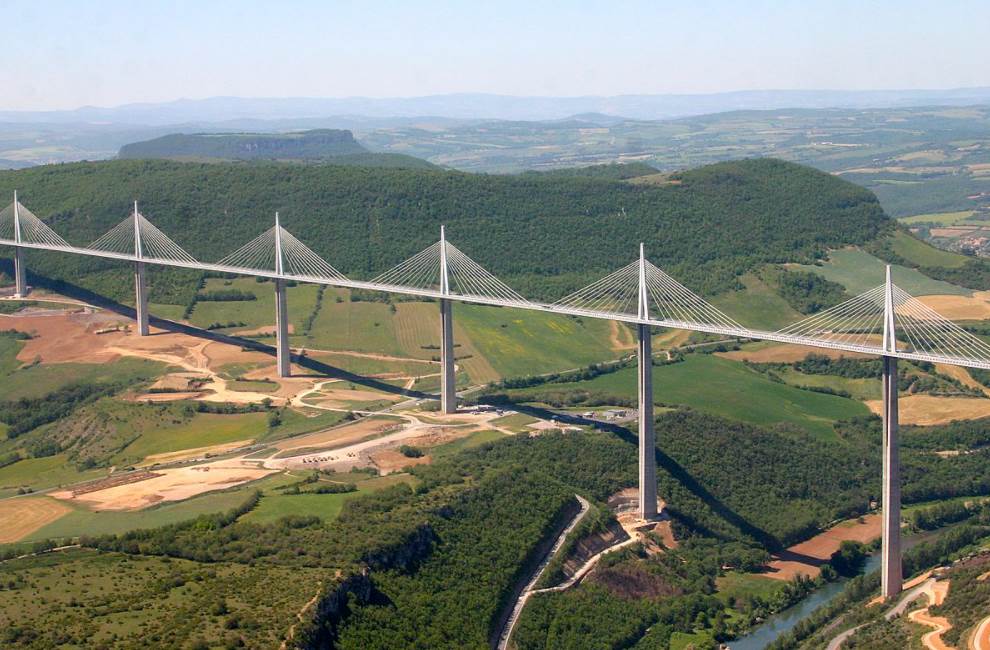
2. Pont du Gard
The Pont du Gard is at least an equally impressive bridge in France, and that’s mainly because it was built during the Roman era. It’s estimated that this magnificent structure was completed between 40 and 60 A.D., a time when infamous Emperor Nero was in charge.
The aqueduct was part of a water transportation system that supplied the Roman colony of Nemausus (modern-day Nîmes) with water. It was the highest Roman aqueduct ever constructed with a total height of 48.8 meters (160 feet). It’s one of the best-preserved ones as well.

3. Pont des Arts
The Pont des Arts is a pedestrian bridge in central Paris and one of the most iconic ones as well. That’s not because of its incredible design, something it shares with most bridges in France’s capital, but because of its amazing location in the heart of the city.
The bridge connects the Institut de France with the Louvre Museum and was commissioned by Napoleon Bonaparte himself. It was completed between 1802 and 1804 but deemed structurally damaged because of both World Wars in the 20th century. It was reconstructed between 1981 and 1984 and looks the same as it did in the early 19th century.

4. Pont de Normandie
As the name of the Pont de Normandie suggests, it’s located in this region in the northwest of France. It connects the port city of Le Havre with the town of Honfleur and spans the Seine River. It’s the final bridge to cross the river before it empties in the Atlantic Ocean.
The bridge was completed in 1995 and was designed by the same structural engineer as the Millau Viaduct, Dr. Michel Virlogeux (born in 1946). He also designed the Vasco da Gama Bridge in Lisbon. With a length of 2,143.21 meters (7,032 feet), it was the longest cable-stayed bridge in the world upon completion.
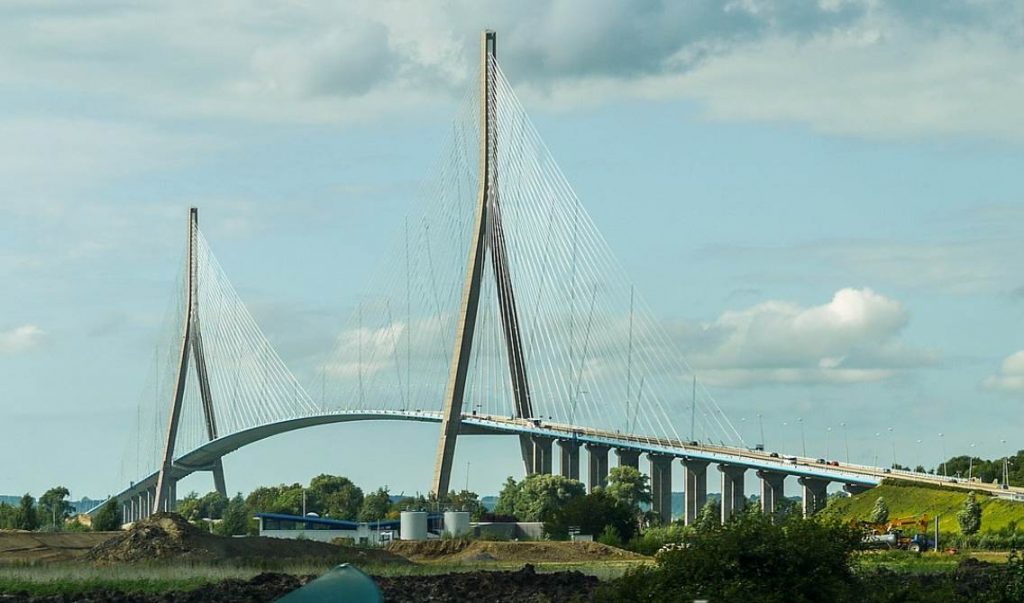
5. Garabit Viaduct
The Garabit Viaduct is a fascinating railway arch bridge that spans the Truyère River in the southwestern part of France. It’s located in the mountainous Central Massif region of the country which means it both features amazing views and can be considered an engineering marvel.
The main reasons are the fact that it was designed by Gustave Eiffel (1832-1923), the world-famous designer of the Eiffel Tower in Paris, and the fact that it was constructed between 1882 and 1884. This amazing wrought-iron structure is 565 meters (1,854 feet) long.
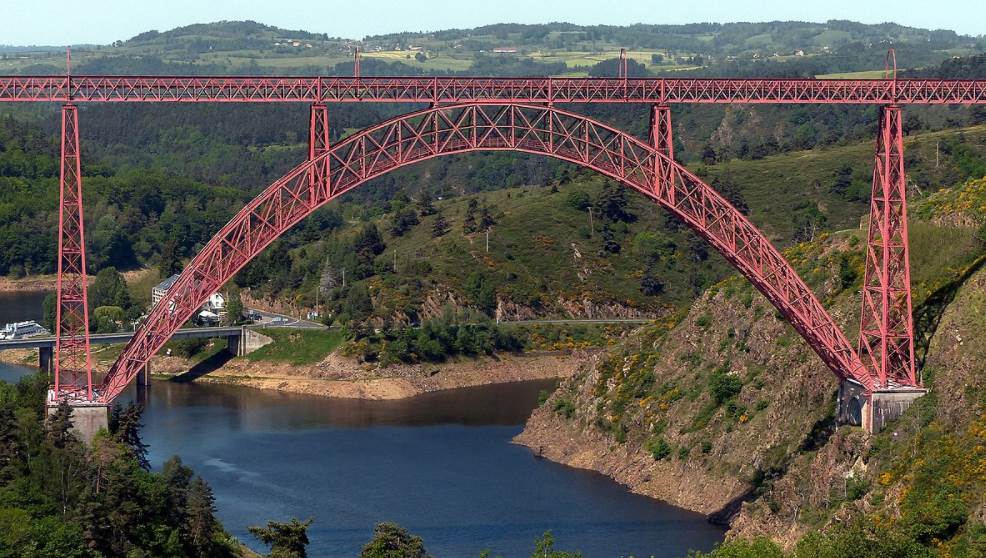
6. Pont Jacques Chaban-Delmas
The Pont Jacques Chaban-Delmas is one of the most fascinating bridges in France for several reasons. It crosses the Garonne River in the southwestern French city of Bordeaux and is a vertical-lift bridge. This means its deck can move up and down to allow ships to pass.
The bridge was named after Jacques Chaban-Delmas (1915-2000), a former Prime Minister of France and former Mayor of Bordeaux. It was completed in 2013 and its main span has a length of 110 meters (361 feet). This makes it the longest vertical-lift bridge in France.

7. Pont Alexandre III
The Pont Alexandre III is without a doubt the most beautiful bridge in Paris. That’s mainly because it’s heavily decorated. It connects the Champs Élysées on the northern bank of the Seine with the area of Les Invalides and the Eiffel Tower to the south.
The bridge combines Beaux-Arts and Art Nouveau decorations and was constructed in the late 19th century for the Exposition Universelle of 1900. The Grand Palais and Petit Palais are located nearby as well, two other buildings constructed for this huge event.
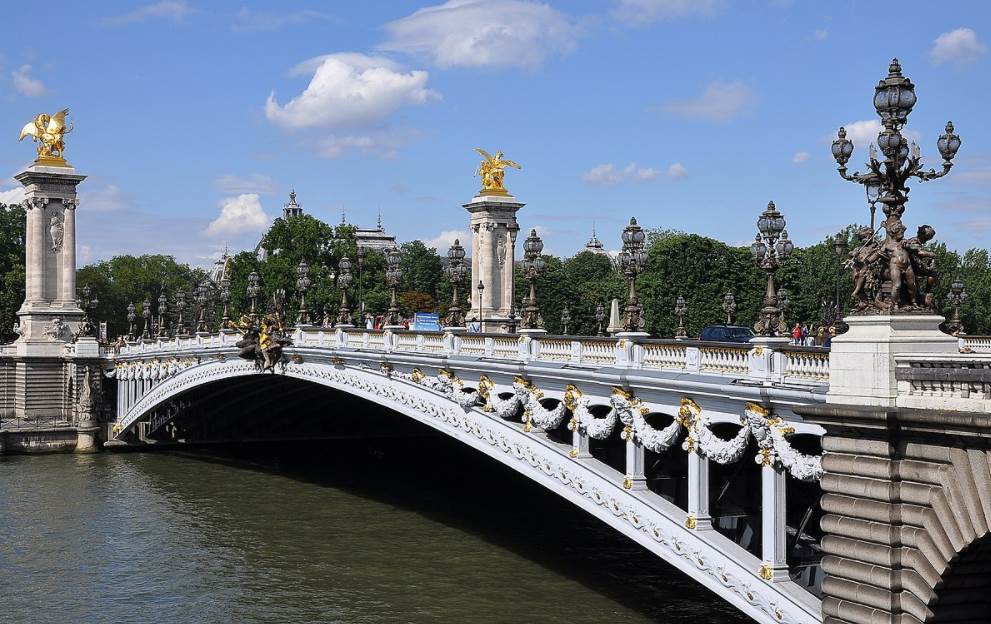
8. Tancarville Bridge
The Tancarville Bridge is another famous bridge in France near the port city of Le Havre in the Normandy region. This means that it also crosses the Seine River just a few kilometers east of the magnificent Pont de Normandy.
This bridge is much older, though, because it was completed in 1959. Although 9 billion francs were spent on the bridge, the cables had deteriorated so much by the 1990s that they were all replaced between 1996 and 1999. The same applied to the shoulders of the structure.
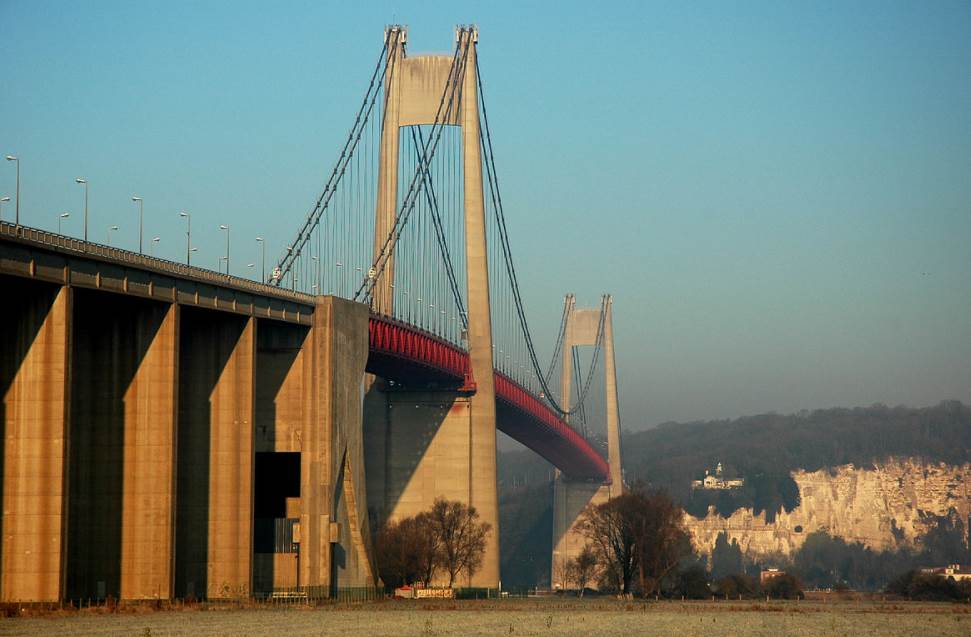
9. Pont Valentré
The Pont Valentré is a fortified medieval stone arch bridge that crosses the Lot River in Southern France. It’s located just west of Cahors, a remarkable town in the Lot Department that is situated within a meander of this river. The bridge is the ultimate symbol of this small town.
The construction of this structure started in 130 but wasn’t completed until 7 decades later in 1378. It features 6 arches designed in the Gothic architectural style and 3 square bridge towers. The tower on the western end of the bridge hasn’t survived over the centuries.
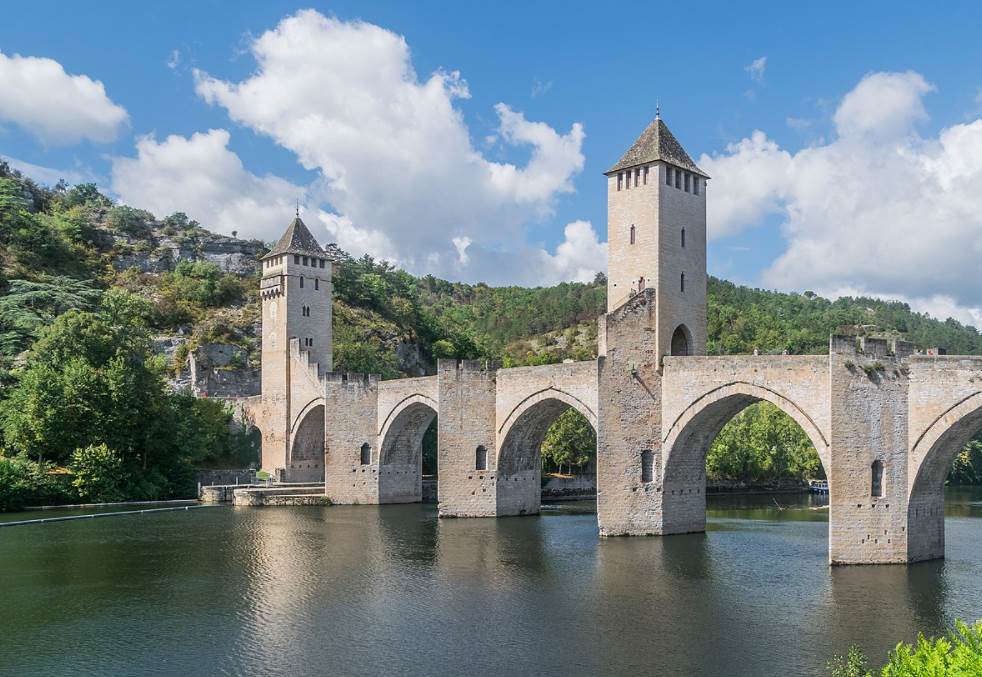
10. Pont d’Aquitaine
The Pont d’Aquitaine is another long suspension bridge that carries the ring road of the French city of Bordeaux. It spans the Garonne River and is located in the northern part of the city. It is one of the longest bridges in France with a total length of 1,776 meters (5,827 feet).
What’s fascinating about this particular bridge is that the western approach features a very steep slope, something not present in the eastern approach. The bridge was completed between 1960 and 1967. It replaced a much older bridge on this location that was commissioned by Napoleon but not completed until 1822.
